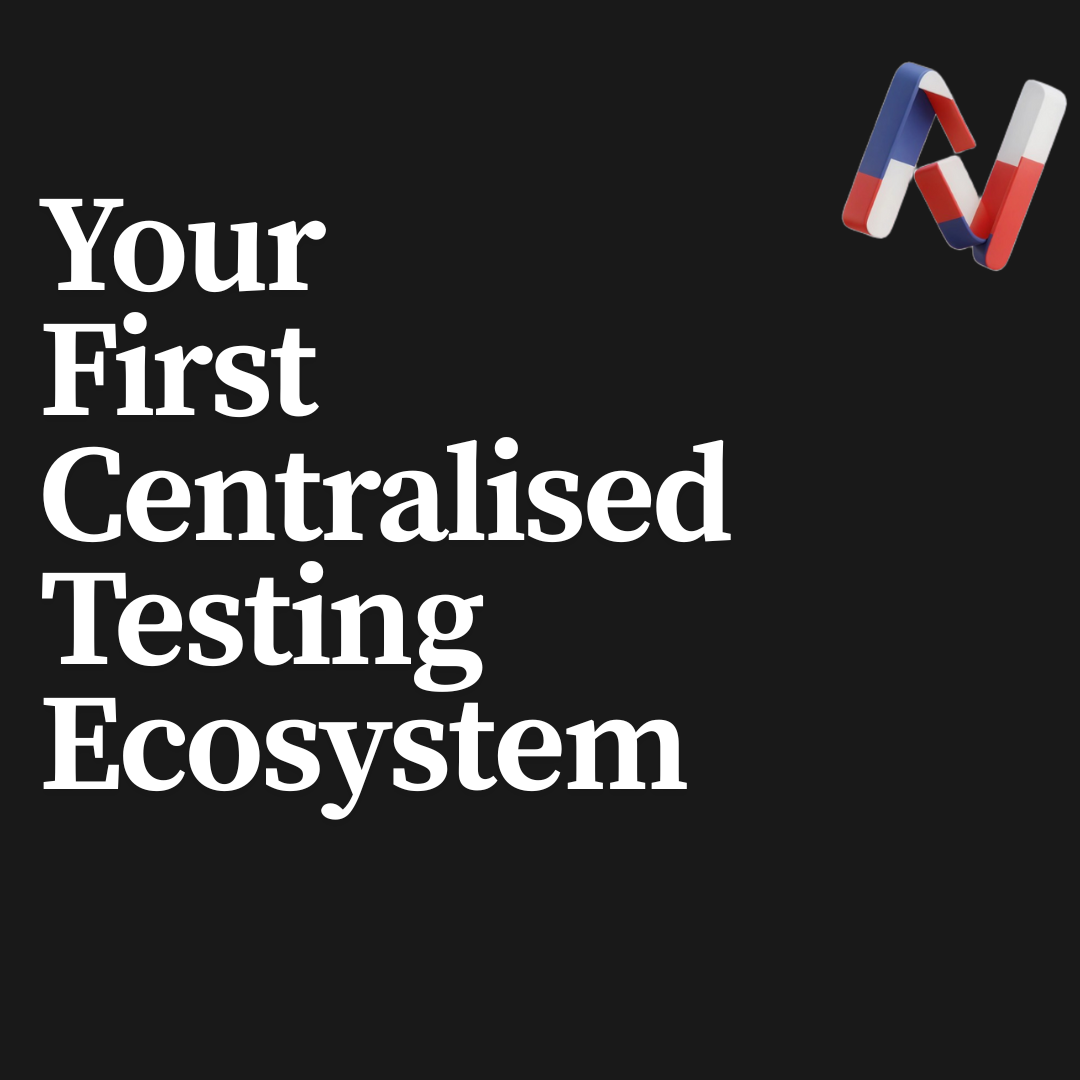Tool Non-Uniformity in Testing: Are We Complicating It More Than Necessary?
Native Bridge weaves the entire testing workflow together with a single link.

The cost of relying on multiple tools across the testing ecosystem is high: slower releases, frustrated teams, and workflows that feel unnecessarily complex.
Raising a PR, pinging half the testing team to have a look, and then bracing for the usual responses such as “It’s not loading on my device,” “Wait, which version is this?” This has become the top track on every developer’s work Spotify loop.
In a typical development workflow, few things are as critical and as chaotic as testing and feedback loops. Yet what often adds another layer of confusion is the use of multiple tools scattered across teams.
If you’re a developer, product manager, or QA engineer, this scene is familiar: multiple testing platforms, countless versions of the same build circulating in email threads, and a sprawling spreadsheet attempting to track it all.
Too Many Tools Kill the Flow
Understandably, each team has its preferred tools. Developers often share builds through TestFlight, Firebase App Distribution, or manual Google Drive links. Product managers might track approvals in Trello, Asana, or spreadsheets. QA teams log issues in Jira or Zephyr and record video evidence with Loom or Full Story.
Each tool is valuable in its own right. But when nothing unifies them, teams risk misalignment, duplicated effort, and confusion. Specialization is important, but tool non-uniformity can quickly slow down delivery.
Feedback ends up scattered across emails, chat threads, and sheets. And often, it’s hard to connect that feedback to the right build.
The Challenges of Multiple Tool Usage
When every stakeholder uses a different platform, the process becomes harder to manage. Here are just a few ways non-uniformity can hurt your team:
- Lost Time: Developers spend hours sharing the same build in multiple formats and fielding “Is this the latest version?” again and again.
- Inconsistent Feedback: Input arrives through scattered channels and is often out of context.
- Reduced Visibility: Product managers and team leads struggle to see what has been tested, reviewed, or approved.
- Context Switching: Jumping between tools breaks focus. Research shows it can take 20–25 minutes to regain concentration after each interruption.
Individually, these issues are frustrating. Combined, they drain creativity, productivity, and morale.
Native Bridge: Your Centralized Testing System
A modern solution is a unified testing platform that streamlines workflows for developers, managers, and QA, all in one place. Native Bridge replaces this complexity with a simple, automated process.
With Native Bridge, all feedback, logs, and screenshots are tied directly to the right build and device. No guesswork required.
What Makes Native Bridge Different?
Native Bridge weaves the entire testing workflow together with a single thread: a magic link that stays consistent from start to finish.
Once a developer triggers the CI/CD pipeline to send the APK or IPA to testers, the build is automatically sent to Native Bridge via an API key. The platform instantly generates a magic link, allowing one-click browser access without any manual uploads or downloads. Built-in screenshot and screen recording tools make feedback effortless.
The same link can be shared across developers, product managers, and QA, ensuring everyone stays in sync.
Native Bridge was built for one purpose: to simplify testing. This multidimensional platform offers everything you need in one place.
